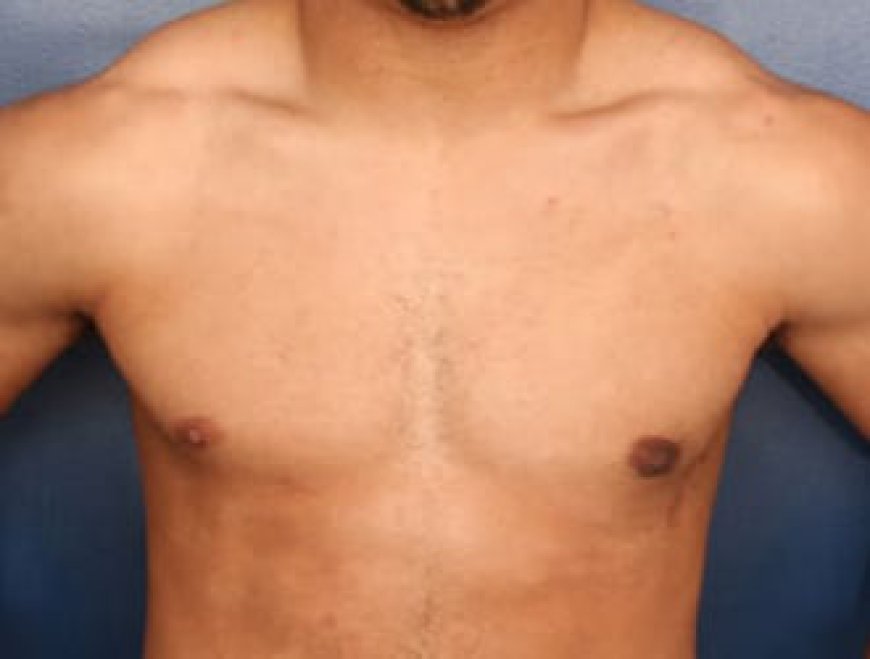Join our subscribers list to get the latest news, updates and special offers directly in your inbox
Gynecomastia surgery, or male breast reduction surgery, is a procedure designed to address enlarged breast tissue in men. While this surgery can significantly enhance a patient's physical appearance and boost self-confidence, managing postoperative pain is crucial for a smooth recovery. In Dubai, where healthcare facilities are equipped with modern technology and highly trained professionals, understanding Gynecomastia Surgery Cost Dubai can help patients navigate their recovery effectively.
Postoperative pain is a normal response to surgery. After gynecomastia surgery, patients may experience varying degrees of discomfort, which can be influenced by factors such as the extent of the surgery, individual pain tolerance, and the technique used. The pain may manifest as soreness, swelling, and tenderness around the chest area, and it typically peaks within the first few days post-surgery before gradually subsiding.

Medications:
Cold Compresses:
Rest and Recovery:
Proper Positioning:
Follow-Up Appointments:
Hydration and Nutrition: Staying well-hydrated and consuming a balanced diet rich in vitamins and minerals can support the healing process. Foods high in protein can aid tissue repair, while anti-inflammatory foods (like fruits and vegetables) can help reduce swelling.
Avoiding Tobacco and Alcohol: Smoking and excessive alcohol consumption can hinder recovery and increase the risk of complications. It’s advisable to avoid these substances during the recovery phase.
Post-surgery recovery can be both physically and emotionally challenging. Patients may feel vulnerable or anxious during this time. Engaging in open conversations with loved ones or seeking professional counseling can provide emotional relief and help manage stress levels.
Managing pain after gynecomastia surgery in Dubai involves a multifaceted approach, including medication, rest, and lifestyle adjustments. Patients should prioritize communication with their healthcare providers to ensure a safe and effective recovery. With the right strategies in place, individuals can navigate their postoperative experience with greater ease, ultimately leading to a successful transition towards a more confident self.
JamesThomas002 Oct 30, 2024 0 11
corteiztracksuit Oct 10, 2024 0 2
TheSixMoving Sep 23, 2024 2 14707
veronicablogz Sep 10, 2024 0 2862
luxuryresidences Apr 30, 2025 0 2636
sonalikaverma Oct 7, 2024 0 665
Zanto Oct 9, 2024 0 105
Zanto Oct 7, 2024 0 156
Zanto Oct 2, 2024 0 129